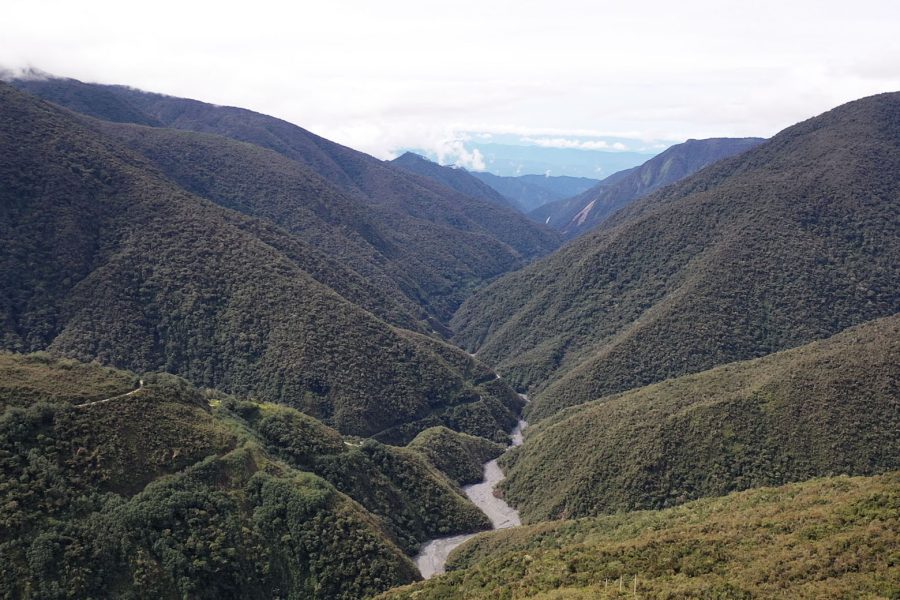A passion for parks: History’s Emily Wakild receives NEH grant to study Mexican national parks
History professor Emily Wakild is passionate about Mexican parks.
She has spent more than a decade researching and writing about the legacy of the Mexican Revolution in the early- to late-1900s, a period in which government planners created a system of national parks to achieve both social goals and environmental conservation.
Wakild, an assistant professor of history, sees lessons in those parks that can help modern planners balance environmental preservation with human needs.
Mexican parks are “examples of a revolutionary government that tried to organize its social policies in tandem with its environmental policies,” she said.
Her work has earned her a $6,000 stipend from the National Endowment for the Humanities. She will use the stipend to complete a book titled “An Unexpected Environment: National Park Creation, Resource Custodianship, and the Mexican Revolution.”
Wakild, who joined the faculty in 2007, teaches about the history of Mexico and Latin America. She uses her knowledge of Mexican parks and history to teach about conservation in her Global Environmental History course. In addition, she teaches a course on Peru that draws on her work in Mexico, and she is involved with a new project on conservation in Latin America.
The NEH award gives recognition to an emerging area of study about how to better manage parks to achieve environmental and social needs, rather than simply setting aside parkland in remote areas, she said.
“There are some cultural reasons for having the parks that make them organic and native rather than imposed from the outside. By recovering some of that, we can think about how they can be better protected, better organized and better run in the future.”
Unlike most national parks in the United States, for example, Mexican parks are close to major population centers, such as Mexico City, and they include pockets of smaller communities that live next to or even within park boundaries.
Mexican national parks “weren’t these isolated refuges,” Wakild said. “They were very integrated as a larger extension of a much broader project of what we would see today as a sustainable landscape.”
The park system in Mexico was a reaction against the decades of rapid growth and development that pushed people off agricultural land and exploited natural resources in the decades before the revolution. “The parks were sort of the cherry on top of the larger process of crafting a landscape that people would be able to live in and be productive on.”
Mexico has changed since the 1930s, though, and the parks were neglected as the government pursued other policies. The fact that so many national parks still exist in Mexico is telling, she said. “That alone is still pretty remarkable given that Mexico City went from a population of 1 million in 1930 to well over 22 million today.”
Categories: Environment & Sustainability, Global Wake Forest, Research & Discovery
Media Contact
Cheryl Walker
media@wfu.edu
336.758.5237



